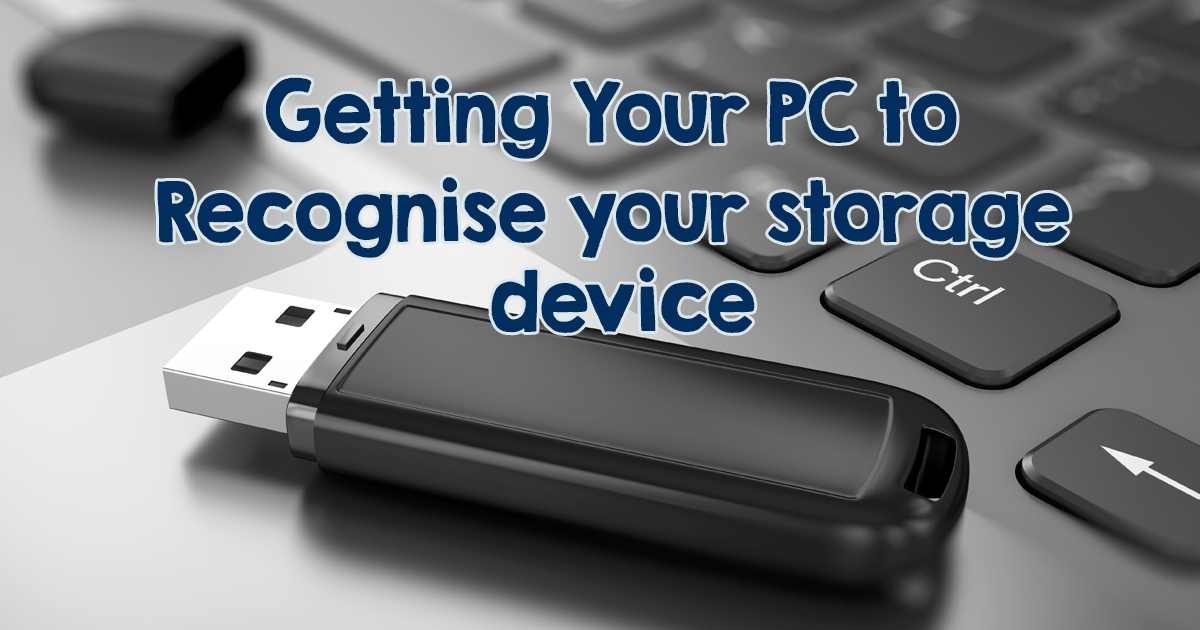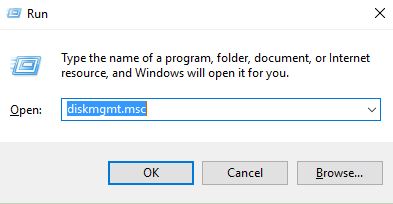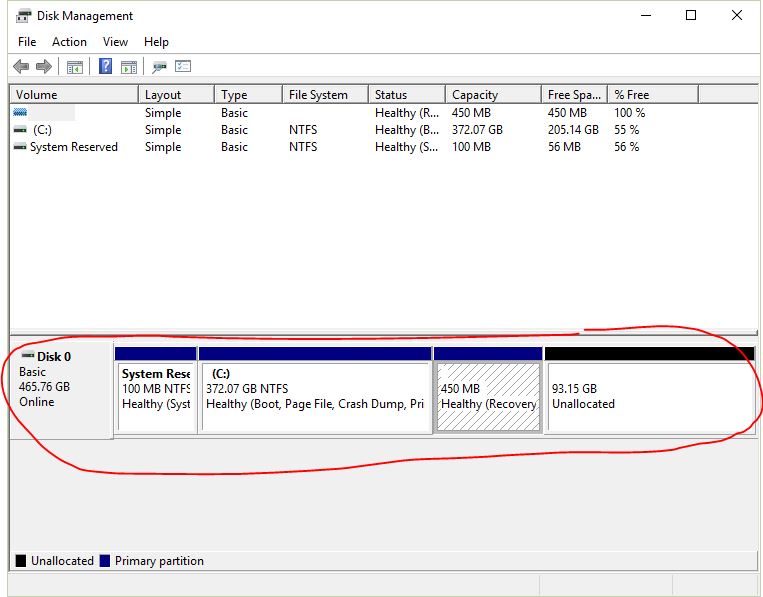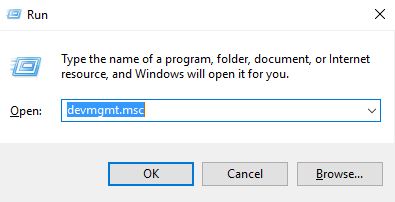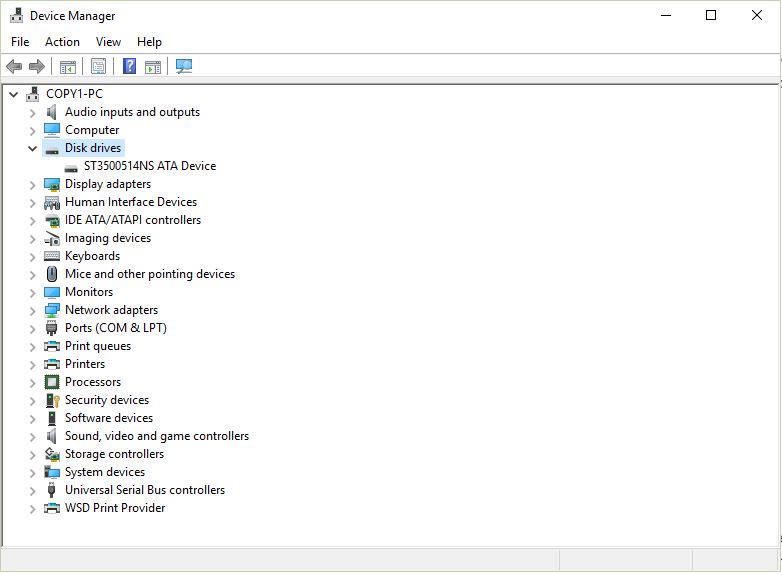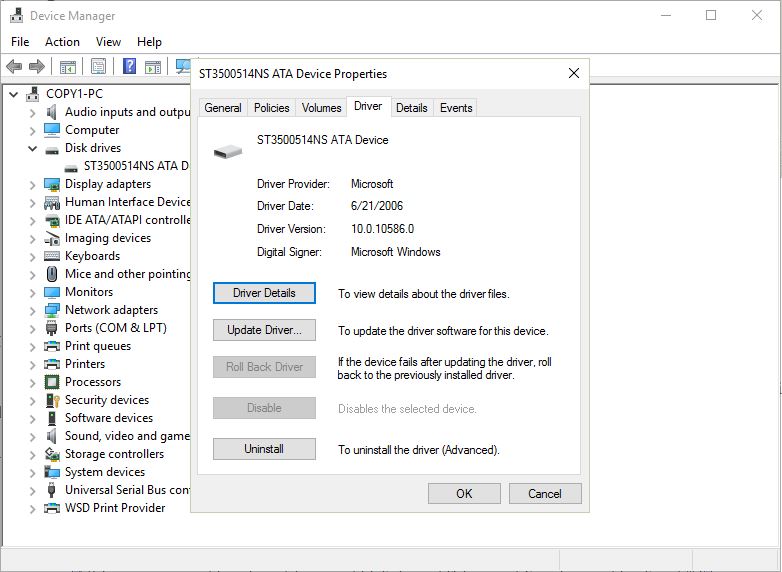How to get your pc to recognise your flash drive
Thursday, November 3rd, 2016
Why isn’t my Flash Drive being recognized?
Step 1: Try different ports
First, let’s make sure that you aren’t just using a dead port. Find a drive that you know works on your computer. Plug it into the port you plugged the undetected drive into. If the port works then your drive is not being detected and you will have to continue on with the next step.
If the new drive doesn’t work then your port is dead and you need to test other ports.
Step 2: Using Disk Management to see if the Flash Drive is working
Now that you have established your port is not dead, it’s time to see if your drive is being detected by the system. To do this you will need to open the Disk Management by pressing Windows Key + R, type diskmgmt.msc into the Run dialog, and press OK.
You should see your external drive listed in the Disk Management window. This panel will look different according to how many storage devices you have attached to your machine. So simply look for the device with the right name.
At this point, you have two options. Either the drive doesn’t show up and you have to force Windows to recognize the drive. Or you see your drive and it is simply a matter of reformating the drive for Windows to work with it.
Step 3: Formatting the Flash Drive
Using the Windows Disk Management tool, you can fix partition and file system issues with your drive. Usually, you will see that your drive is full of “unallocated space” which indicates that the drive is not partitioned correctly and will not function properly on any system. To partition your drive correctly right-click inside the unallocated space, select New Simple Volume, and go through the wizard to create a new partition.
If, after you have partitioned your drive, it’s still not being detected you will need to set a drive letter for the drive so you can access your data in Windows. While this should happen automatically, it sometimes doesn’t. So you will have to do this manually.
Right-click the removable drive’s partition, select Change Drive Letter and Paths, and add a drive letter.

Step 4: Making Windows Recognize your Flash Drive
If Windows isn’t recognizing the drive at all, it’s possible that there’s a hardware issue with your computer’s USB port or a driver problem with your computer. Either the drivers are outdated or they aren’t installed at all.
To check this you can use the Device Manager by pressing Windows Key + R, type “devmgmt.msc” into the Run dialog, and press OK.
Select the Disk drives drop down menu and look for any devices with a yellow exclamation mark next to them. The yellow exclamation mark indicates a driver problem. To fix this right-click the device, go to Properties, and read the error message. If you don’t know what this error means just do what the pro’s do. Google It!
Conclusion
If you followed these steps correctly you should have solved the issue. If you are still having issues you can either do a little more digging or consider getting in touch with our Support department.
Leave a comment and let us know what worked for you!
